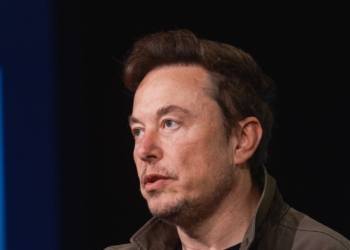India, the world’s third-largest emitter of greenhouse gases, is planning to launch a carbon capture policy that will allow it to reduce its emissions while still using its abundant coal resources. The policy, which is expected to be unveiled later this year, will provide incentives for companies to capture, recycle, and store their carbon dioxide emissions underground.
The policy is part of India’s efforts to balance its energy security and climate goals, as it faces increasing pressure from the international community to take more ambitious action to curb global warming. India has pledged to achieve net-zero emissions by 2070, and to increase its share of renewable energy to 40% by 2030.

However, India also relies heavily on coal for its electricity generation, as it has the world’s fourth-largest coal reserves. Coal accounts for about 70% of India’s power mix, and is expected to remain the dominant source of energy for the foreseeable future. India also plans to expand its coal production and consumption, as it aims to meet the growing demand from its 1.3 billion population and its fast-growing economy.
A Potential Solution for Coal Emissions
Carbon capture, or carbon capture and storage (CCS), is a technology that involves capturing the carbon dioxide emitted from burning fossil fuels, such as coal, and injecting it into underground reservoirs, such as depleted oil and gas fields. This prevents the carbon dioxide from entering the atmosphere and contributing to climate change.
Carbon capture is seen as a potential solution for reducing emissions from coal plants, as well as from other industries, such as cement, steel, and chemicals. According to the International Energy Agency (IEA), carbon capture could account for 15% of the global emissions reductions needed by 2050 to limit global warming to 1.5 degrees Celsius above pre-industrial levels.
However, carbon capture is also a costly and complex technology, which requires a lot of infrastructure, investment, and regulation. There are currently only 26 large-scale carbon capture projects operating or under construction worldwide, capturing about 40 million tonnes of carbon dioxide per year. This is far below the IEA’s target of capturing 7.6 billion tonnes of carbon dioxide per year by 2050.
India’s Plans and Challenges for Carbon Capture
India’s carbon capture policy is being drafted by Niti Aayog, the government’s think tank, in consultation with various stakeholders, such as the power ministry, the coal ministry, the environment ministry, and the industry associations. The policy is likely to include financial and regulatory incentives, such as tax breaks, subsidies, carbon credits, and mandatory targets, for companies to adopt carbon capture.
According to Rajnath Ram, the energy adviser at Niti Aayog, the policy will focus on the power sector, which accounts for 42% of India’s total emissions. He said that 70% of the emissions from the power sector can be captured and recycled through carbon capture. He also said that the policy will benefit from India’s existing infrastructure and expertise in enhanced oil recovery (EOR), which is a technique that uses carbon dioxide to extract more oil from aging wells.
However, India also faces many challenges in implementing carbon capture, such as the high cost, the low efficiency, the lack of storage sites, and the public acceptance. According to a study by the Council on Energy, Environment and Water (CEEW), a Delhi-based think tank, the cost of carbon capture in India ranges from $30 to $60 per tonne of carbon dioxide, which is higher than the global average of $25 to $50 per tonne. The study also found that India has a limited potential for carbon storage, as most of its coal plants are located far from suitable geological formations.
Moreover, India has to deal with the social and environmental impacts of carbon capture, such as the displacement of communities, the contamination of water sources, and the risk of leakage. India also has to convince the public and the policymakers that carbon capture is a viable and sustainable option, and not a way to justify the continued use of coal.



















